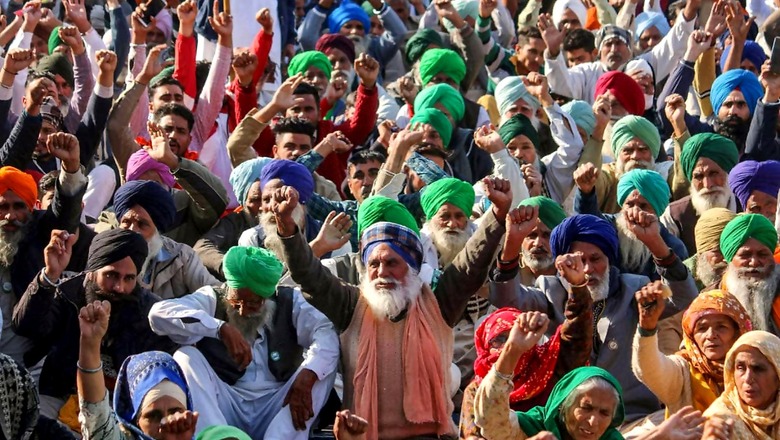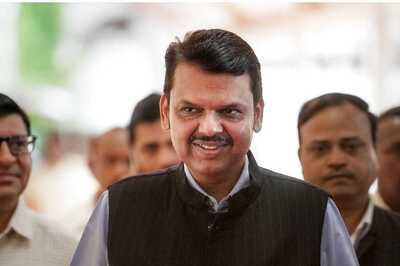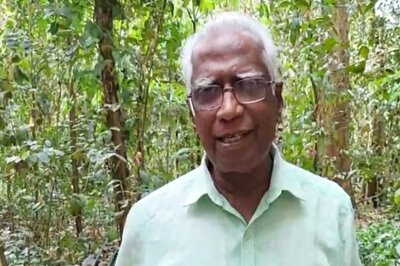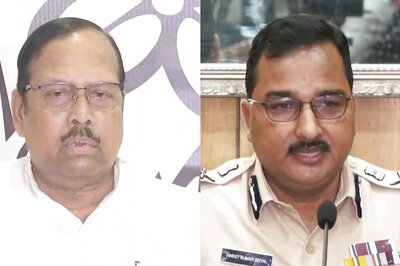
views
Whatever is happening in the form of peasant protest in India today, is not exceptional. Similar peasant protests took place in various parts of the world against peasant bills passed in the backdrop of new liberal economic policy implemented in the various nations under Washington consensus.
The Brazil, Peru, Colombia, Mexico, Canada, USA, and other countries of Caribbean and Central America faced such peasant protest against Neo- liberal oriented peasant policies. So, the condition of such peasant movement in India was prepared in the decade of 90s when India accepted and implemented Neo-liberal economic policies.
So, it is not a secluded incidence, it is byproduct of implementation of an economic system which produced a series of peasant protest in all over the world. If someone analyses the forms and outcomes of such movements, it may help us to get few insights to understand ongoing peasant protest in India. The peasants from various parts of country gathered around boarders of Delhi and are staging protest against all three recently passed peasant bills since month.
Who are these peasants and how they have evolved capacity to sustain in this long-time protest movement against state? Before Washington consensus around neo-liberal economic policies, the green revolution took place around 70s in India.
This green revolution strengthened a section of the peasant of big land holdings. This section of peasants acquired capacity to do effective protest for their cause. Due to green revolution prosperity, education and economic mobility reached to these peasants who are mostly from Punjab, Haryana, western UP, Rajasthan, Maharashtra etc.
In the last few decades, these peasant groups evolved new generation of modern peasant leaders, capable of using new knowledge, technologies, and effective strategies to stage protest against dominant power. Due to education, exposure, cyber capacity, interaction with social media, this group of peasant leaders are quite aware of the social, local, national and international changes.
They are quite competent and articulate in bringing local, national and international discourses around peasant issues together in their popular discourses during the protest. It’s happened not only in India but one may observe this phenomenon in other peasant movements emerged in the different part of the world in recent decades. So, we can see how economic resources and intellectual resources are being mobilized and combined together by these peasant groups and their leaders for sustaining long term peasant movement.
Since we are day by day turning as country of flyover road network. So, in most of these peasant protests that took place in Latin America, Caribbean, Canada and USA, “nonviolent road blockage ‘emerged one of the effective modes of protest to create pressure on national government. This mode emerged as an effective strategy to stop transportation of people and goods to compel government for accepting their demands. In India also, peasants are adopting similar mode of performing their protest. These movements mostly appeared as non-violent peasant movement tried to form close network of different social groups for garnering support for the protest of peasants.
What we may learn from similar kinds of peasant movement emerged in most part of the world against new liberal peasant bills. We observed that most of these movements resolved by the constant dialogues, talks of various rounds and discussion between neo-liberal state and peasant public. In these talks both the stake holders or parties kept themselves bit flexible to resolve the issues.
Most of these peasant movements appeared not as revolutionary and transformative in nature but tuned with negotiations. While understanding these world-wide peasant movements against peasant bills happened in recent years, we may learn that constant dialogue and honest talks and negations for resolving the crisis are the democratic ways to proceed towards solutions. We are living this neo-liberal time, so listening to each other and exploring middle path are only option left for us to resolve the crisis formed in our economic and political domain.
Read all the Latest News, Breaking News and Coronavirus News here



















Comments
0 comment